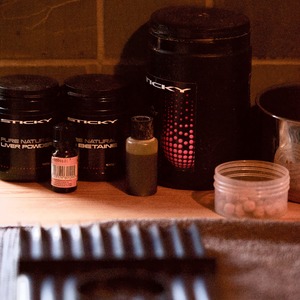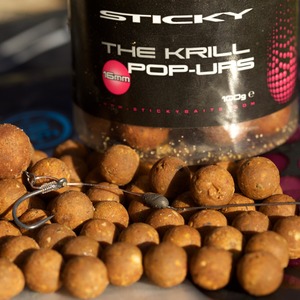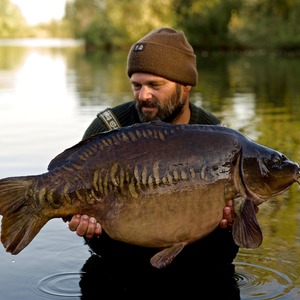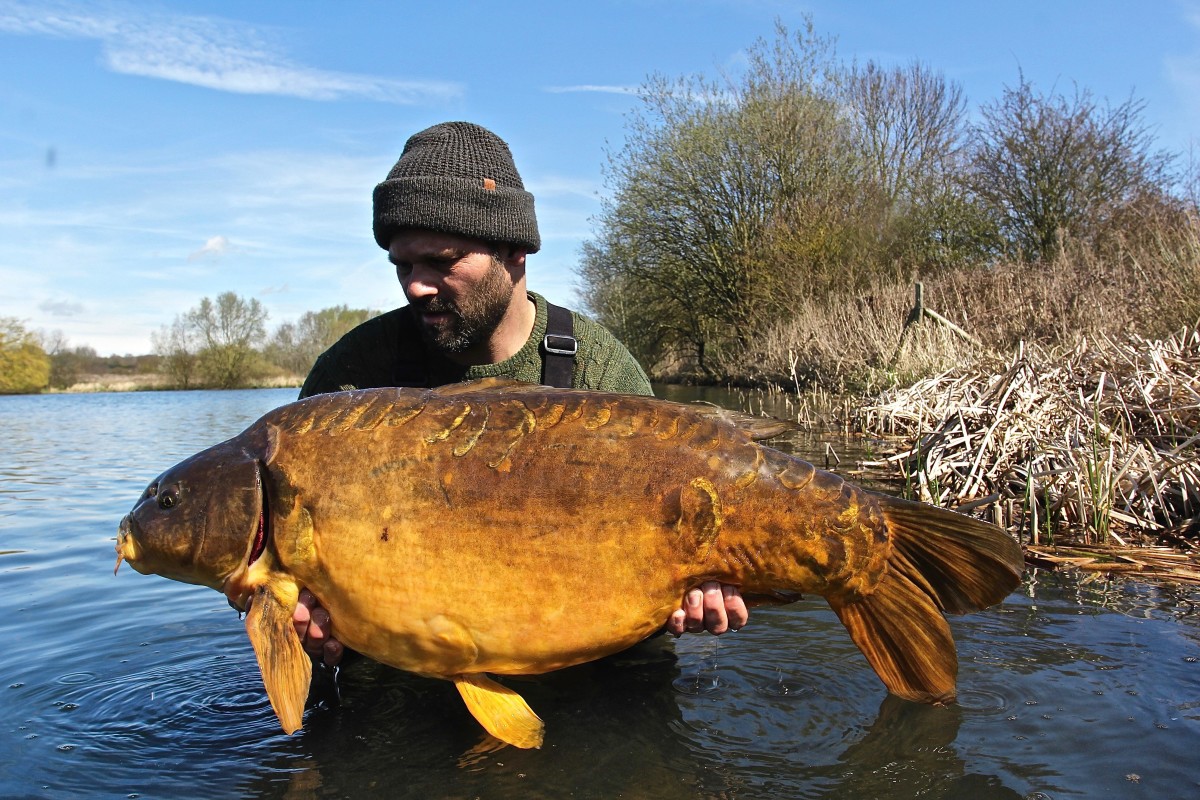
Oz Holness: Spring Fever
Oz Holness shares details of how he goes about preparing bait and sorting his kit for the spring
Spring is a time we all look forward to as carp anglers. From experience, when looking to make the very best of what can be the most prolific time of year, planning and preparation are very often key.
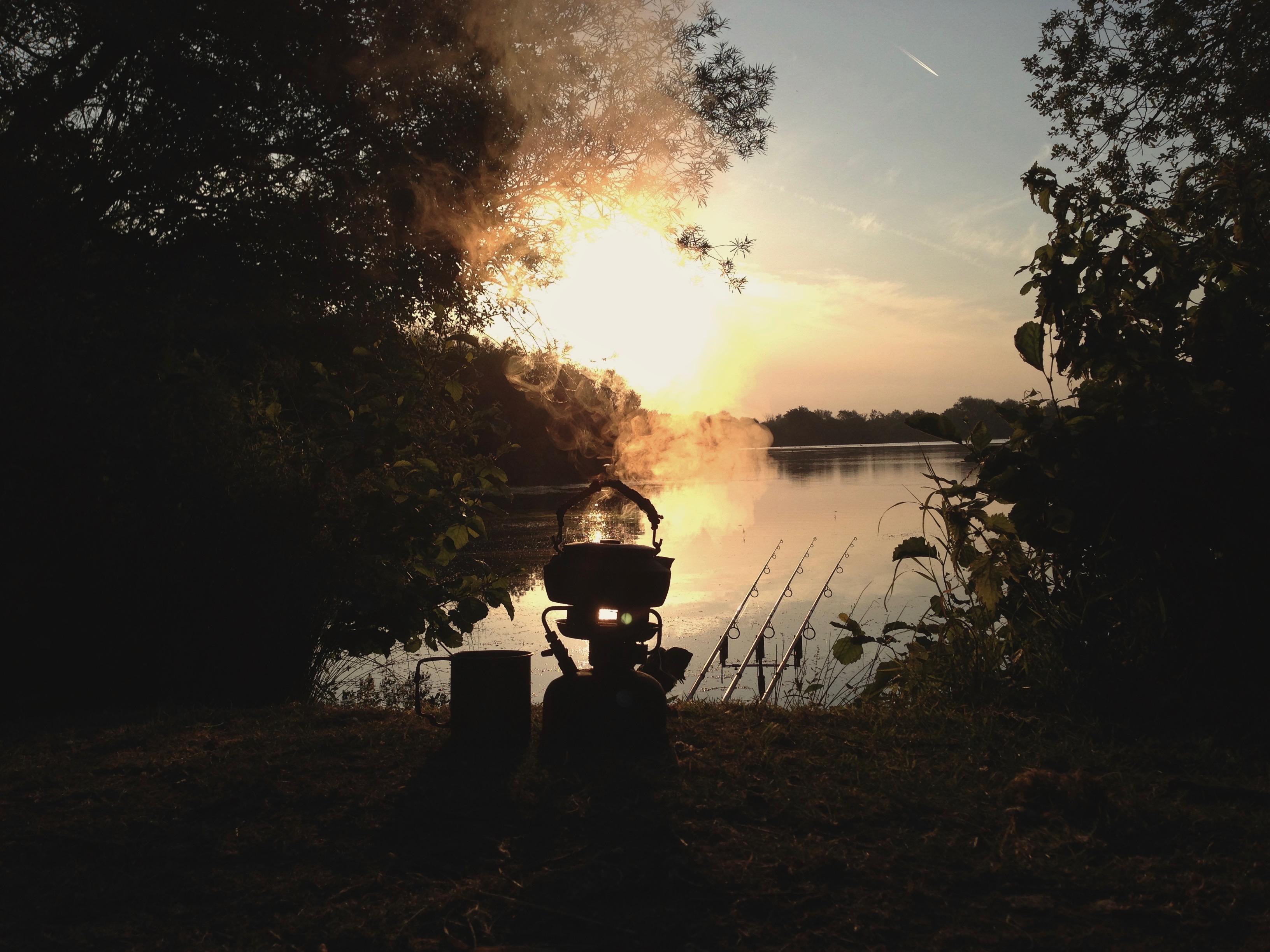
Early visits
My own planning begins in the winter months, when I acquire the tickets for waters I’ve chosen, and when I make those first, all-important recces. Such visits to venues can take the form of just a walk about, but quite often and if possible, I’ll take a marker set-up with me and learn a little of the topography of waters. I map out the lake in a diary and make numerous notes about any distinct features it contains, such as bars or plateaux, areas of shallow water and any old weedbeds. The main aims are to get a feel for the venue and hopefully make life that little bit easier when things start to liven up as the daylight hours increase.
Carp food next
Bait will be at the forefront of my considerations and the approach I’ve decided on for a particular venue will often dictate what I prepare in readiness for the sessions ahead. Between trips, I’ll soak and boil batches of particle and freeze them down in readiness for the warmer days. I also begin the process of rolling any special hookbaits I feel I might need. Corkball pop-ups in particular, require time and effort to get them just right. I like to charge mine up in small amounts of liquid, slowly and over a number of weeks to allow the steeping and drying process to develop. Once I’m happy with them, I freeze them in small batches ready for use later in the year.
As I do my corkballs, I also prepare a few pots of wafters and bright ones with matching liquids, so nothing is left to chance once the fish become active. For the initial trips, and quite often through March and April, my approach involves single bright pop-ups cast at shows during the daylight hours and depending on levels of activity, I might consider a small spread of baits scattered by means of a throwing stick. This simple way of angling allows me to remain mobile, stealthy and reactive to both the weather, and the nomadic nature of the carp.
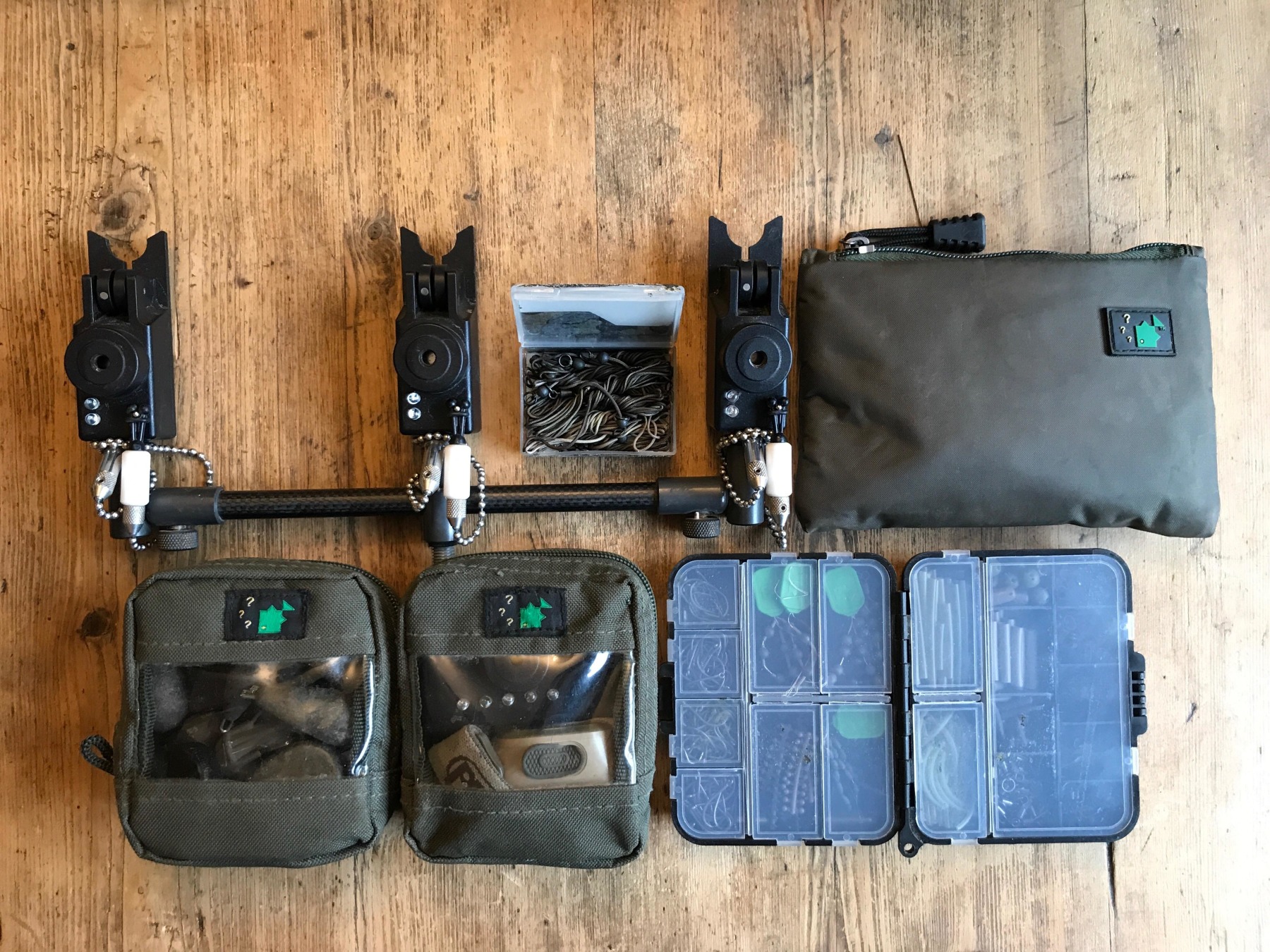
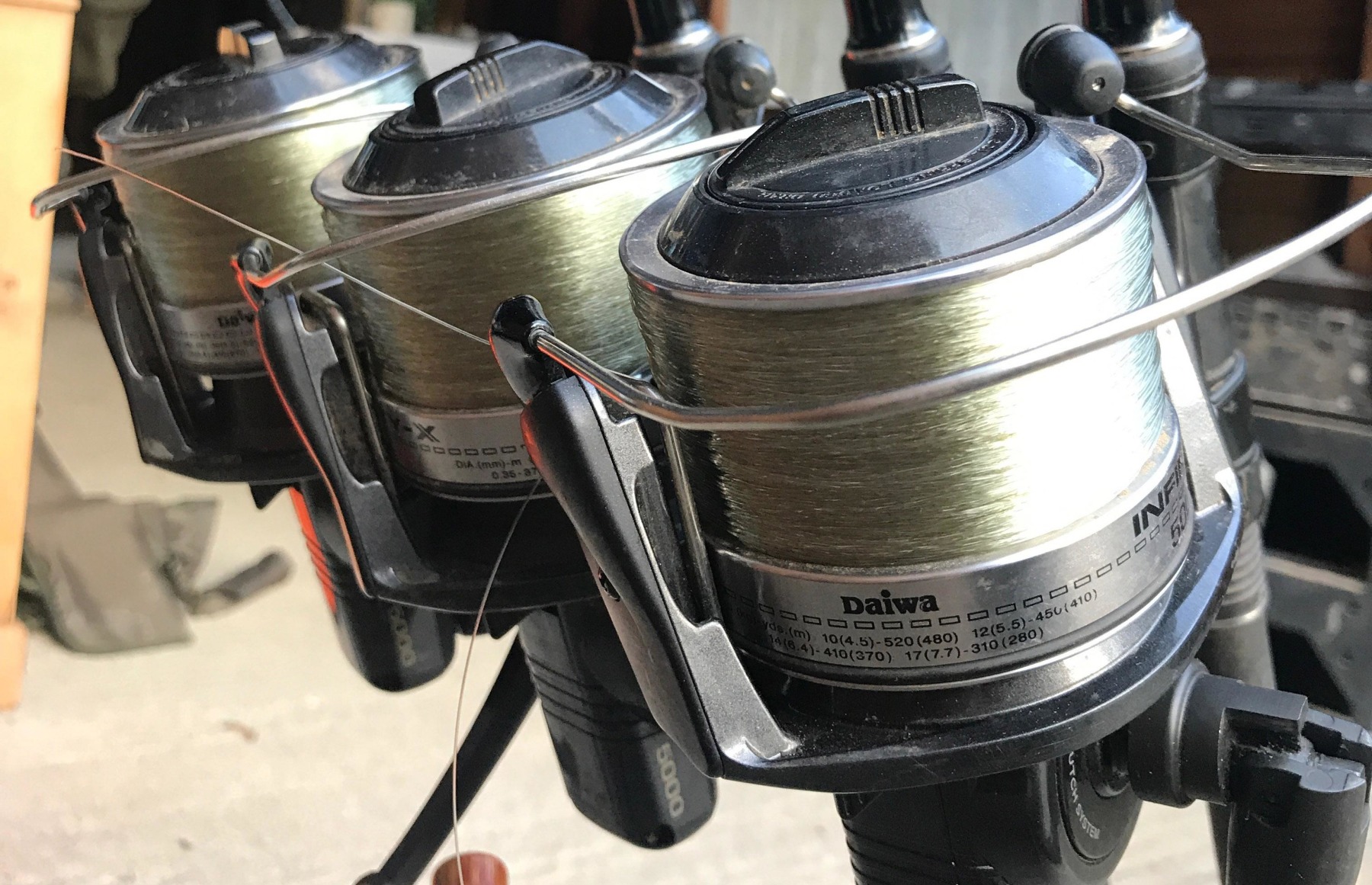
General kit care
The winter generally takes its toll on the kit and through the course of a year’s angling, most of my equipment’s in constant use. As spring approaches, I strip and break everything down in my garage and give it all a good airing and a thorough clean. The sleeping bag will get a hot wash and the shelter will be reproofed with Fabsil Gold, all ready for another year of punishment at the hands of our ever less-predictable island weather. Next I respool my reels with fresh line and check over any braid that may have suffered wear and tear during the year. This is an important job and it’ll remove any elements of doubt you might have otherwise, later on. My buzzers and receiver get a new set of batteries and are also given a quick maintenance check.
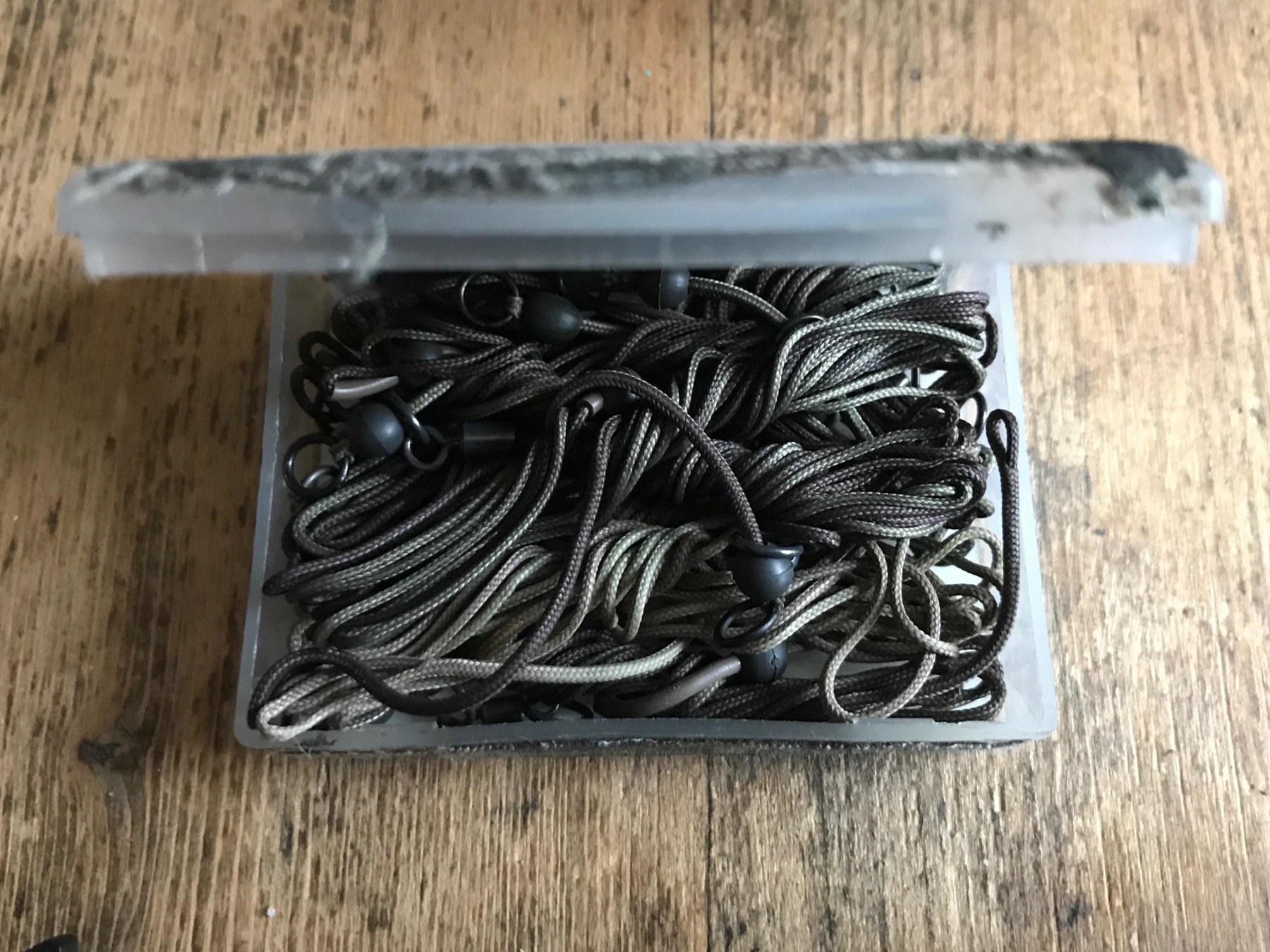
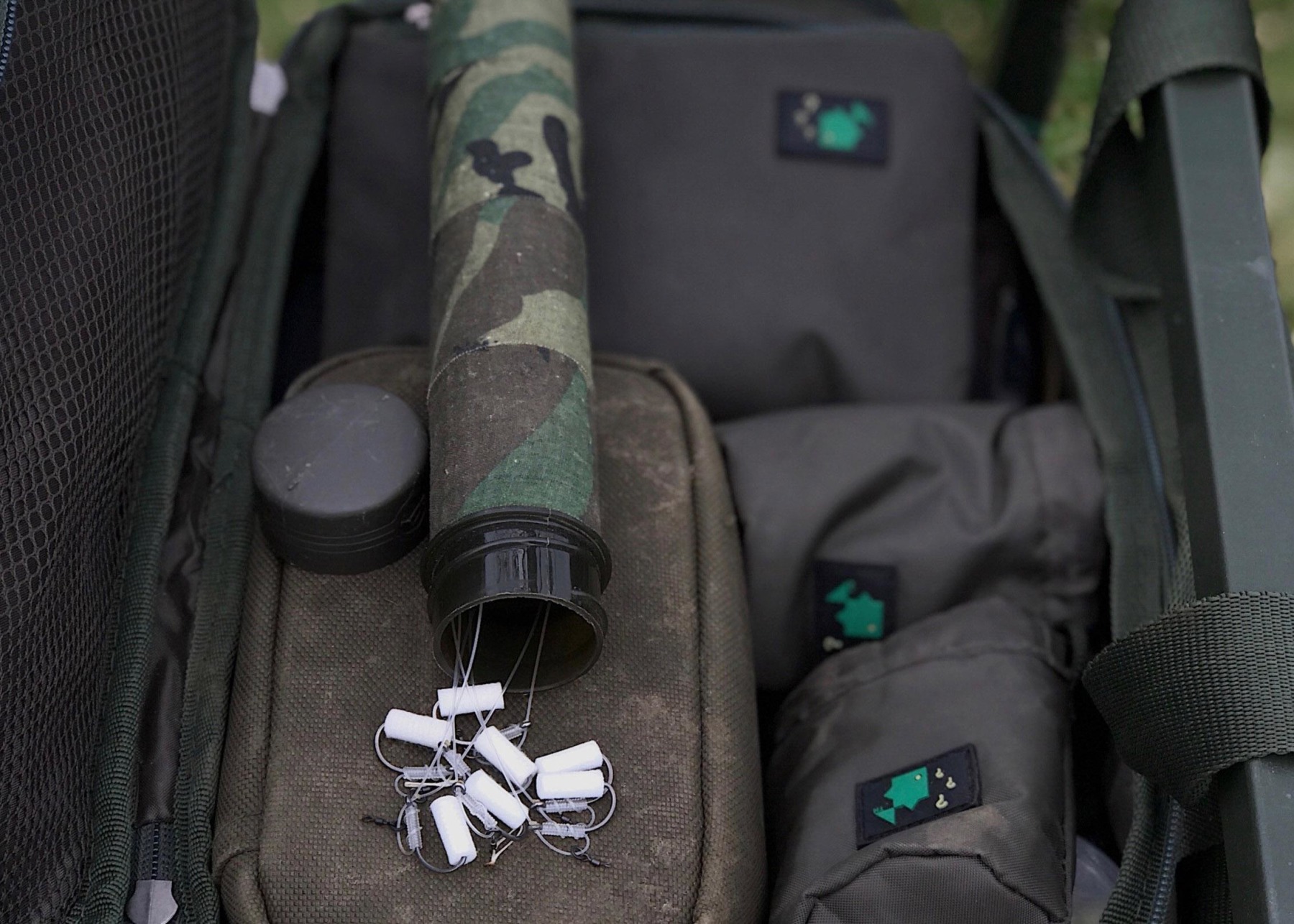
End tackle restock
As I said earlier, the mainstays of my early-spring approach are location and mobility and often, I just cast single bright baits at shows, so I need to be fully prepared for these scenarios with no unnecessary time wastage. New leadcore leaders are tied and stored in a small, clip-top box. Then, some Chod sections and a number of Hinge Rigs are tied. I also make up a good number of short Stiff D Rigs for stalking and store these in an old tube that previously held PVA.
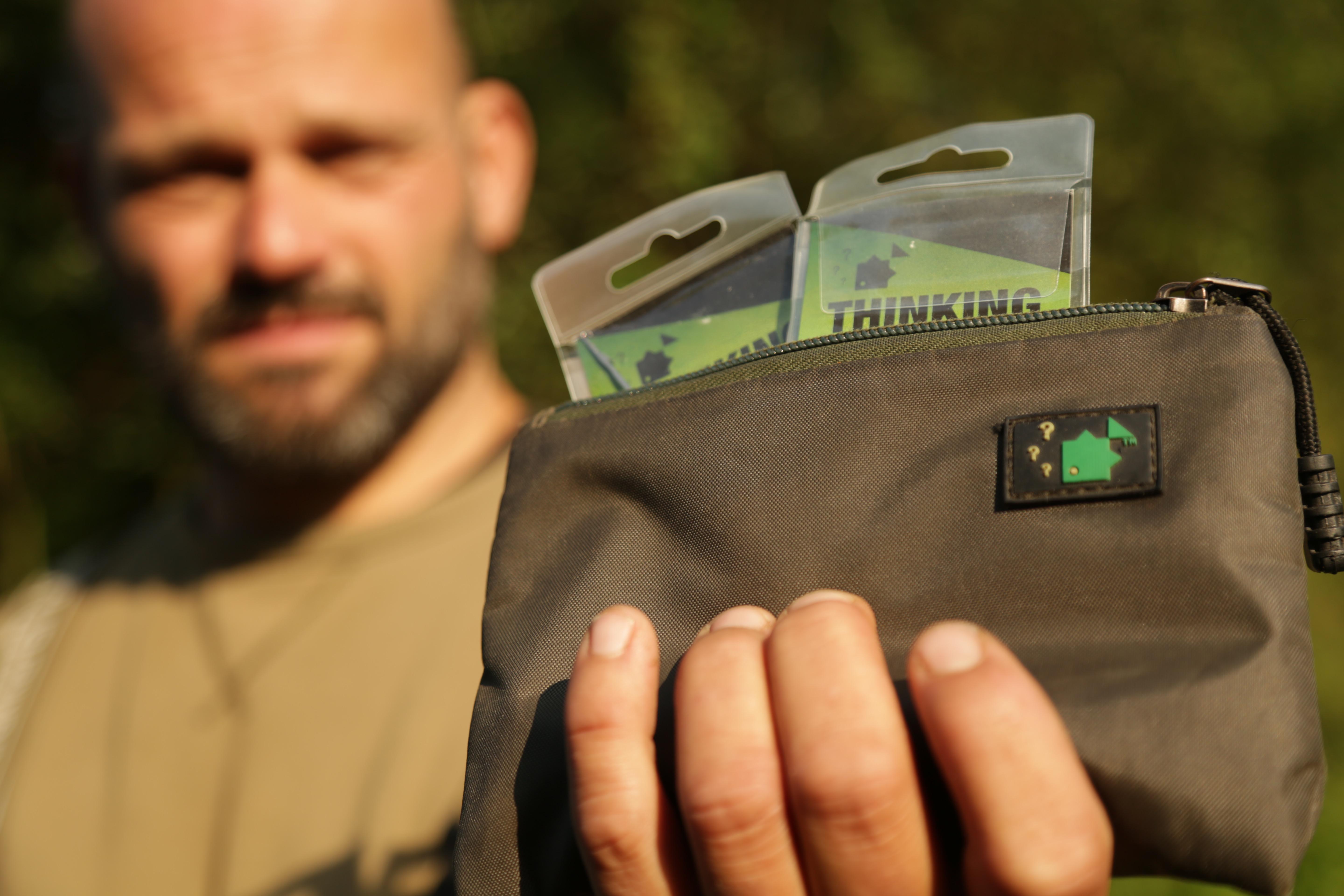
Van life
Once the main items of bait and tackle are all sorted, I go through my tackle pouch and list any items I need to stock up with. Having had a good look at my main kit, I turn my attention to the van and all the spare items of tackle I carry in what I refer to as my ‘survival box’. This consists of dried and packeted food, long-life milk, spare batteries etc. I also ensure a quantity of preserved bait and pellet is kept handy in a bucket, should I run out of fresh, or for when such an opportunity arises that I need more bait than I generally carry with me. Last of all, I inflate my little boat and check it for wear and tear. I repair any punctures and give it a good wash-out. The lifejacket then gets a once-over and, if necessary, the gas inflation cartridge is replaced.
Food prep
I spend a weekend making up a stash of food for the freezer, but this is a task that’s repeated on a monthly basis throughout the year.
I make a variety of curry, Bolognese, chilli and stew dishes and store them in portions in containers ready for me to grab and go.
Location
Once all this technical preparation is taken care of, I can focus purely on the angling scenarios and learning the ways of the pit and its inhabitants. The most important factor in a spring campaign is, for me, location. It’s usually very hard to get the carp to come to you via baiting in early spring. As the water warms, huge sources of natural food will become available to the carp and they’ll take full advantage of them. One of the key triggers at this time of year is the big hatches that occur when the sun is higher and it penetrates the water layers. We all know that carp are cold-blooded, and so they’ll seek the warmest layers of water. This generally means that they’ll frequent the upper layers of deeper pits. Any shallow or sheltered areas will also get special attention as the carp look to take on-board some of the solar energy on offer. Once the months move on and the water temperatures become more stable, the metabolism of the carp will be racing and I’ll usually react with a heavier baiting approach in areas of activity, before then gauging reaction.
Generally, by May I’ll have a good idea of the areas where I’d like to concentrate my efforts and will hopefully also have a handle on where the fish are feeding both naturally, and with some encouragement from introduced bait. If the lake’s fairly quiet, a little time should be devoted to preparing marginal areas for when the weed comes up with any degree of vigour, and when the heat of summer’s upon you.
Spring for me then, is mainly a case of simply getting out on the pit as early as possible, feeling my way and spending as much time watching and observing the carp as I can. It’s about using watercraft and learning the moods of the lake, as with all the planning and preparation done, the rest is taken care of!
OZ HOLNESS



